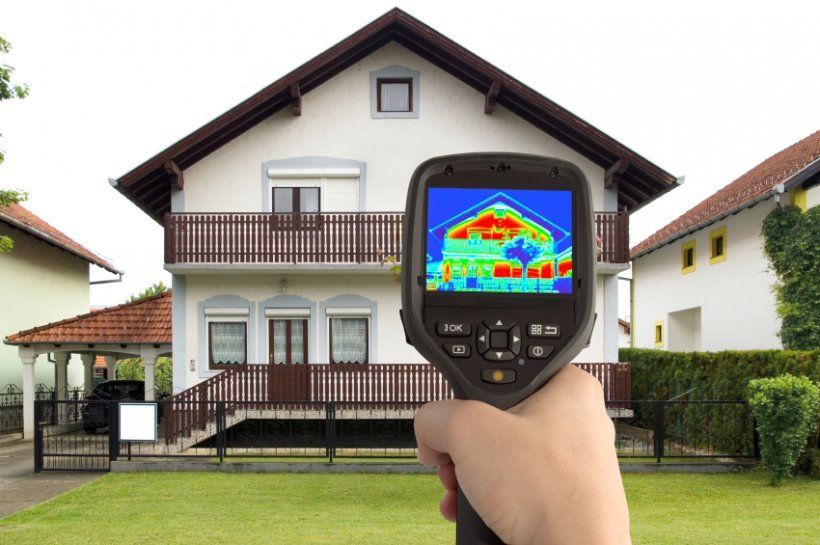6 Easy Ways to Reduce Your Energy Bill
Cooler weather is on it's way...
As homeowners are bracing for the onset of cooler weather, thoughts turn to the increased cost of heating their homes this winter. There are countless strategies to optimize home energy efficiency, with some being more practical and cost-effective than others. Here are six easy strategies that can significantly lower your energy bill while promoting sustainability.
1. Optimize Insulation
One of the most effective methods to retain your home's warmth during the chilly winters and keep it cool in the sweltering summers is by optimizing insulation. A well-insulated home reduces the workload on your heating and cooling systems, leading to significant energy savings.
If you’ve experienced uneven heating or cooling in certain rooms, especially during periods of extreme temperatures, it may be related to uneven distribution of insulation in your attic. This can be due to compaction of insulation with age, or movement of insulation during installation of ceiling fixtures or other activities. An attic inspection combined with an Infrared Imagery evaluation can pinpoint opportunities to improve the overall R-value of your attic insulation.
2. Upgrade to LED Lighting
Traditional incandescent bulbs are energy guzzlers. Switching to LED lights can reduce your energy consumption by up to 75%. LEDs not only last longer but also provide excellent lighting quality, enhancing your home's ambiance while cutting costs.
3. Smart Thermostats
While newer homes in the greater Omaha area have been built with smart thermostats and related technology for several years, many older homes have yet to upgrade to these devices. Not only does the latest technology allow for scheduled changes in thermostat settings depending on the day and time of day, but they can also adapt to your lifestyle, learning your preferences and adjusting the temperature accordingly. The result is a harmonious balance of comfort and energy efficiency.
4. Seal Windows and Doors
Air leaks around windows and doors are common culprits of energy loss. Particularly with older homes, damage or deterioration to weather stripping, caulking and other sealants can create gaps and opportunities for air and moisture movement that significantly impact your home’s thermal efficiency. Sealing these gaps can help keep the warm or cold air where it belongs - inside your home.
5. Systems Maintenance
- Water heater - Regular maintenance of your water heater, including flushing sediment and insulating the tank, can improve its efficiency and lifespan. Consider lowering the temperature setting to 120°F to balance comfort and energy conservation.
- HVAC – Routine inspection of your HVAC filter can help prevent the excess accumulation of dust that inhibits airflow and increases energy consumption due to the unit having to operate harder and longer to achieve target temperatures. Check the filter monthly and keep a supply of replacement filters on hand so you’re always staying ahead of the game!
6. Energy-Efficient Appliances
If you’re waiting for those older appliances to wear out before replacing them, you may want to consider the impact of energy consumption on the financial implications of putting off that purchase. While upgrading to ENERGY STAR-rated appliances does require an initial investment these appliances consume less energy, offering significant savings in the long run while reducing your carbon footprint.
The journey to lower energy bills is a combination of small yet impactful steps. Incorporating energy-efficient practices not only results in significant cost savings but also contributes to a sustainable and eco-friendly living environment. The immediate benefits of comfort and reduced energy expenses are complemented by the long-term gains of increased property value and reduced carbon footprint.
At Acuity Home Inspections, we are committed to empowering homeowners with insightful, actionable information to optimize your home’s energy efficiency. Our comprehensive inspections provide a roadmap to a home that’s as cost-effective as it is comfortable – a home that isn’t just lived in but is a living testament to modern, sustainable living.














